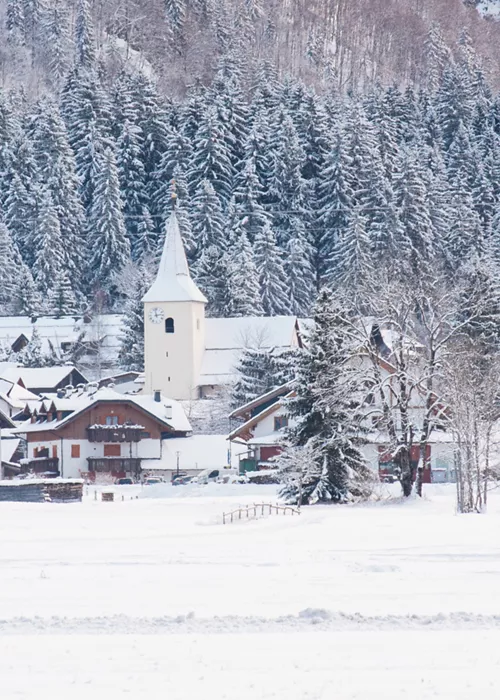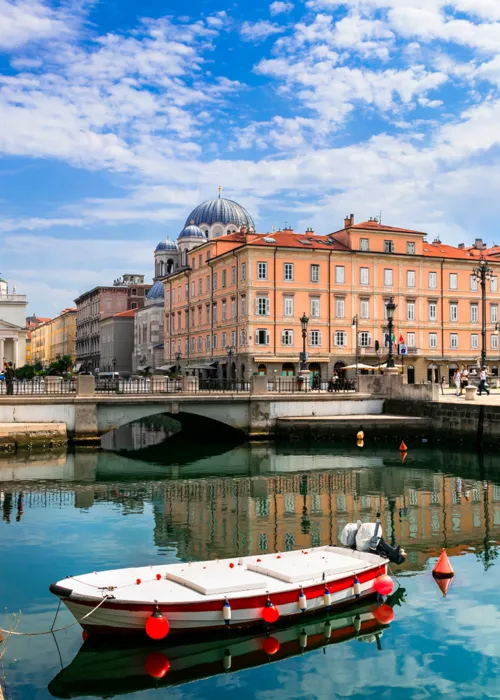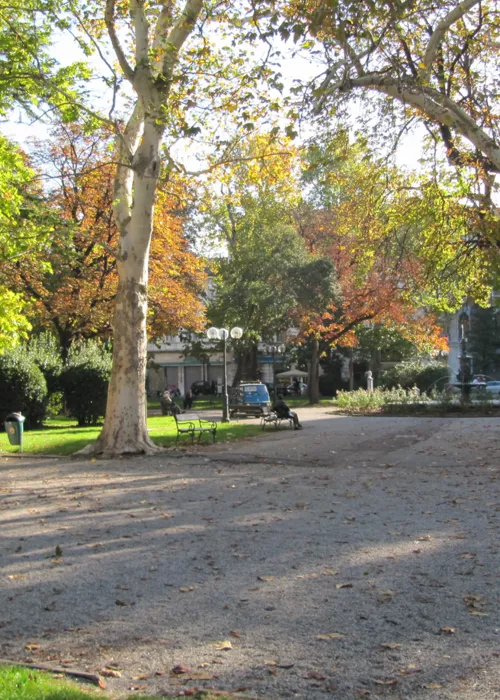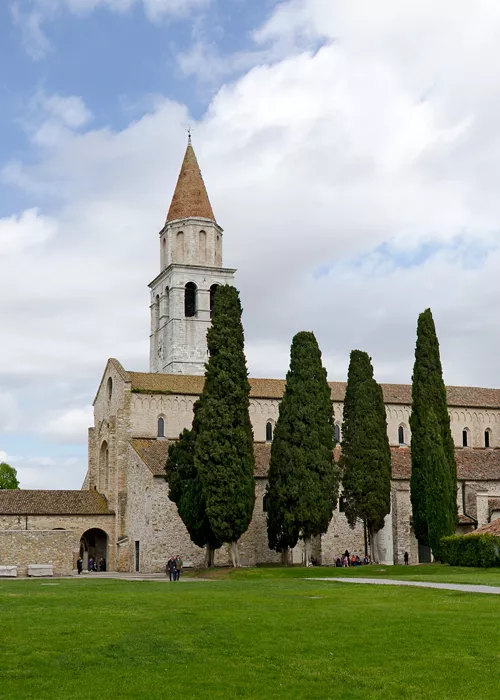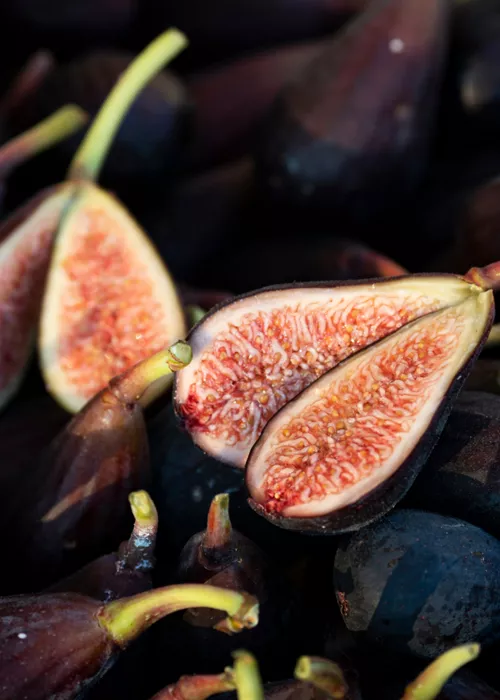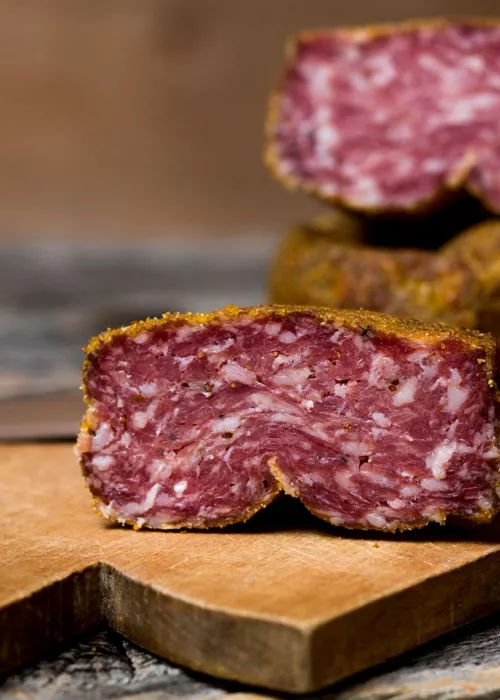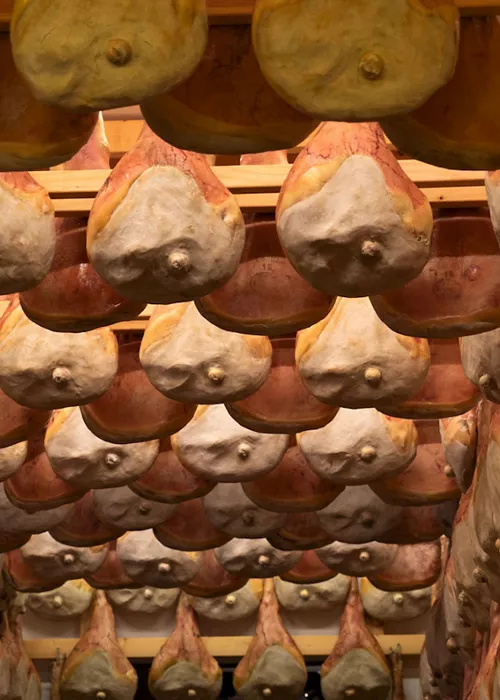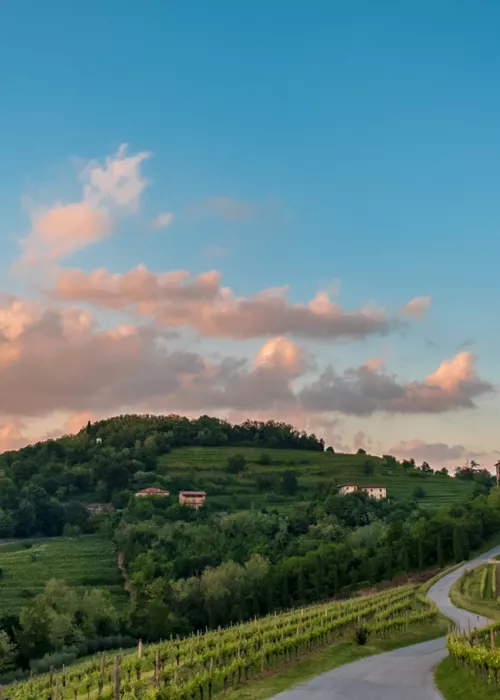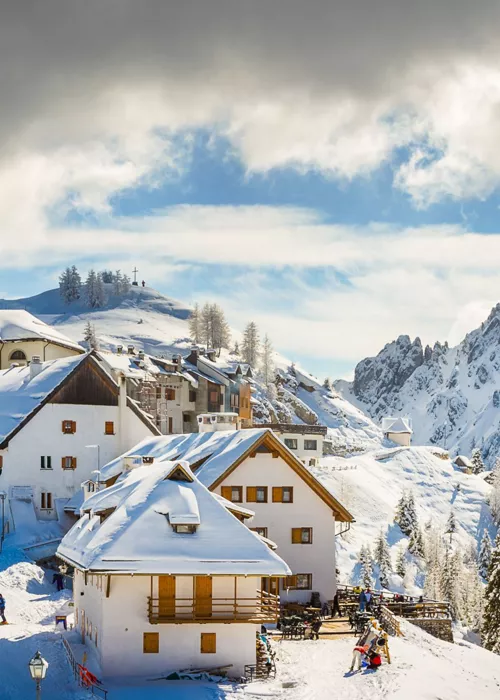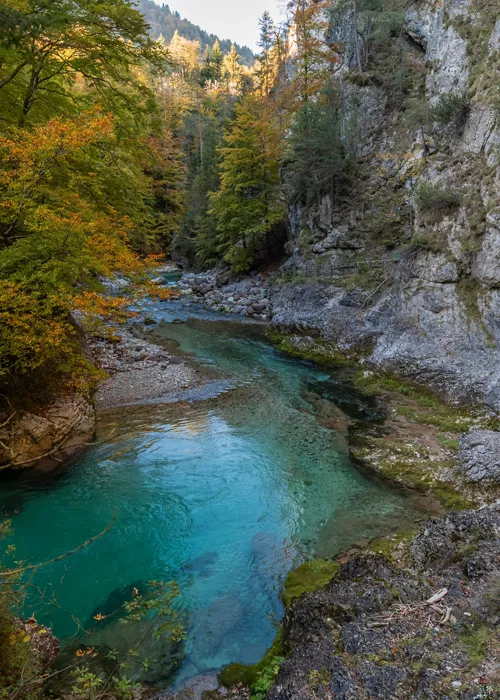Gastronomy for all languages!
2 minutes
Frico, strok, boreto, pestât, jota, cuguluf, kaiserfleisch: there's little to say, ‘you speak as you eat’, in Friuli Venezia Giulia you eat and speak just like that! This is not only the only region in Europe where the three major linguistic groups of the continent meet: this linguistic richness is matched by a wealth of culture and traditions and an extreme gastronomic variety that is expressed in an equally diverse and surprising vocabulary.
Traditions and territory, unique ingredients of taste
On the other hand, it is the same geomorphological characteristics that enrich this cuisine. Thus, Venetian fish dishes (sarde in savôr, boreto a la graisana, scampi alla busara) and meat dishes and desserts from the Habsburg imperial tradition (goulash, apple strudel, presnitz) are accompanied by local products such as strok (Resia garlic), radic di mont (mountain radicchio), rati (horseradish), Rosa di Gorizia and dishes linked to local customs, such as cjarsòns (ravioli stuffed with herbs and plums), pitina (minced meat) flavoured with caren (wild fennel), brovada (turnips macerated in grape marc), various types of cheese (Frant, Jamar, scuete fumade) and many pork-based dishes (cicines, musèt, sanganel, San Daniele and Sauris hams and an infinite variety of cured meats).
The local wines, another source of pride for the local gastronomy, also have very distinctive names: Picolit, Ocelot, Terrano, Pignolo, Schioppettino, Vitovska and Tazzelenghe are perfectly suited to typical dishes, both in name and taste!
The Gorizia rose

The “Rosa di Gorizia” is one of the specialities of Friuli Venezia Giulia's gastronomy: it is a red radicchio, known since the time of the Habsburgs, which has maintained its fame to this day, spreading in recent years throughout Italy and Europe.
Despite its growing popularity, production is limited to a few hectares, cultivated by a handful of farmers according to a long and laborious tradition. For this reason, it has become a Slow Food presidium.
The “rose” has an intense, crunchy flavour and a bright red colour with pink or garnet hues. It is a winter crop: it is sown in spring and harvested after the first frosts in November, when the leaves turn from green to red, forming the tender heart that makes this radicchio unique and precious.






